|
In the last episode/post we began a mini lesson on range hoods, also called vent hoods and exhaust hoods. We talked about how you should properly size and position your hood, and what amount of power you’ll need. And I strongly recommended that, if at all possible, you should choose a ducted system that takes stale air outdoors. In this week’s episode, we’ll talk more about vent hoods and how we can make them quieter. As I told you, the range hood can really shape our experience in and around the kitchen, for better or worse. If you don’t choose an exhaust hood that is the right size and power for your stove, you’ll be hot, and your hair, clothing and adjoining rooms will smell like whatever you cooked. Ever go to a restaurant and leave reeking of food odors? That’s because the restaurant didn’t have proper ventilation. So, we definitely want a strong vent hood. But as you probably know, a strong vent hood can be annoyingly loud. This week, we’ll discuss what we can do to make our vent hood less obnoxious. How we can make them as quiet as possible. The bulk of our lesson will cover tips that we can use to help make our vent hoods quieter. But let’s start by going over the different mounting styles for ducted exhaust hoods. Remember, ducted hoods take stale air outdoors and that’s what we want. MOUNTING STYLES OF DUCTED VENT HOODS Ducted vent hood mounting styles include: Under-cabinet, built-in/Inserts, wall mount chimney hoods, island hoods and downdraft hoods. 1. Under-Cabinet Hoods are the most common type of range hood. They are designed to be installed under an upper cabinet, without the hood itself protruding into the cabinet space above it. The attached ductwork typically runs inside an adjoining wall, although occasionally, when wall space is not available, the ductwork can sit inside the cabinetry. Under-cabinet hoods are among the least expensive hood types, but they have some disadvantages. Because they have to fit under a cabinet and they don’t intrude into the cabinet space above them, their sizes are limited. That also means limited blower power and duct size, so their suction power and performance may not be as great as you need for your cooking habits and range size. 2. Insert/Built-in Hoods are range hoods designed to be installed into, and hidden inside cabinetry, or a custom-built enclosure. An insert is basically the mechanical guts of the exhaust system that you put inside a decorative vent hood cover. Those big, beautiful, focal point range hoods that you see on Pinterest and Houzz typically have built-in inserts inside those custom made enclosures. The custom enclosures can be made of wood, plaster, copper, stainless steel, brass or other materials. You can also use an insert hood if you want to completely disguise your vent hood as upper cabinets. The insert fits inside the cabinet space, rather than squeezing under the cabinet like an under-cabinet hood does. Because the insert sits within a cabinet space, or a custom enclosure, its blower size and duct size aren’t limited like they are with under-cabinet hoods. As a result, the performance of quality insert hoods is excellent. 3. Wall-Mount Chimney Hoods are attached to the wall. They’re those hoods with a horizontal canopy at the bottom and a vertical vent or flue extending upward. The hood’s exposed vertical vent is sometimes called a wall chimney. Typically wall-mounted chimney hoods are installed in kitchens where there is no cabinetry above the range or cooktop. They come in a variety of sizes and powers and perform well. 4. Island Hoods attach to the ceiling and are suspended over a stove in a kitchen island. Island hoods don’t have a wall or cabinets alongside them to help funnel fumes into the hood, so island hoods should be wider than the cooking surface and more powerful than hoods adjacent to walls. 5. Downdraft Hoods fit into the counter next to a cooktop. They are hidden until you need them, then they pop up with a touch of a button. Downdraft hoods pull air across the cooktop or range, horizontally and down into ducts running beneath the floor. They can be used anywhere in the kitchen, but downdraft hoods are mainly used with kitchen island cooktops where it might not be possible to route ductwork through the ceiling. Many professionals say, and Consumer Reports testing confirms, that downdraft hoods are among the least effective at removing cooking fumes. That’s because cooking fumes like steam and smoke naturally rise. It's easier to catch those fumes as they're headed upward, rather than trying to redirect, and collect those fumes from the side of the stove. Downdraft hoods are not the optimal choice for any kitchen, but they are an especially bad choice if you're considering a gas range. If you have to use a downdraft hood, stick with an electric or induction stove. So those were the mounting styles for ducted hoods: under-cabinet, insert/built-in, wall-mount chimney hoods, island hoods, and downdraft hoods. Alright, let’s move into our discussion about some the most important and overlooked features to consider when choosing a vent hood: features that contribute to the vent hood’s quietness. Now, don’t get me wrong, we can’t completely avoid the noise of a vent hood, especially when it’s on the high setting. On high, all vent hoods make some noise. But the goal is to understand the features that will minimize the amount of noise that comes from our vent hood. That way, they’re not so annoyingly loud that we avoid turning them on. We can minimize the noise of a vent hood in 2 main ways. First, by making the vent hood work more effectively at a low setting, allowing us to avoid the loud, high setting most of the time. And the second thing we can do is to install the hood in ways, and with things, that decrease the overall noise the vent hood on all settings. HOW TO DECREASE THE NOISE OF VENT HOODS 1. Choose a range hood that is 6 inches wider than your stove top. I mentioned this in Part 1 as a way to make you vent hood more effective. Since that extra 6 inches (3 inches on each side) covers a greater area, cooking contaminants are captured more easily. In many instances, this could allow for your blower fan to adequately exhaust air at a lower, quieter setting. 2. Get an exhaust hood with variable speed controls. That way, you can crank the blower fan up high for a few minutes when the air in the kitchen is the hottest and smokiest. Then, you can turn the fan back down to a lower, less noisy level. A minimum of two speeds is recommended. The high-speed setting to be used with serious cooking and the low, quiet setting can be used after you’ve finished most of the serious cooking. You can continue to ventilate the kitchen on low while eating. Be weary of paying more for lots of settings, though. Any more than three speeds is more than most people will ever use. 3. Choose a vent hood blower with a quieter noise rating. This seems like a no brainer, but many people don’t even realize vent hoods have noise level ratings. The measurement of loudness that is most often used for vent hood is sones. To avoid a loud hood, look for the lowest sones you can find for the power of hood you need. Some less expensive hoods may not have a noise rating listed, but many quality manufacturers list the sones. As a point of reference, the noise of a modern, quiet refrigerator is roughly one sone. A whisper is also one sone. A quiet vent fan set on low typically comes in at 1 sone or lower, but high speeds can make sones jump to 10 or more. A quiet vent hood on high will have a rating of 6 to 7 sones, which is roughly 65 decibels. This is the same noise level of a conversation that you’d have in a full conference room or busy restaurant with background noise. So if you can find an exhaust fan that is at 6 or fewer sones on high, you’ll be able to talk over the exhaust fan. Typically, sones are measured at maximum hood speed. So, for example, when buying a range hood that runs at 6 sones, 6 is the maximum noise level that the range hood will ever produce. The hood will be quieter on lower settings. Remember that your hood won’t be running on high all the time. Usually, it will only run on the loudest maximum speed for a few minutes when you have a lot of smoke or heat that need to be cleared out fast. Also, realize that an exhaust hood may only be able to achieve 6 sones or fewer on high speed with either a remote in line or remote external blower. Which brings me to the next tip. 4. Request a remote inline or external blower. "Remote" meaning the blower is outside of the vent hood itself. A remote inline blower or remote external blower are the best blower options to reduce the sound level of your range hood. Remember, the blower is the heart of the range hood. It’s the mechanism that sucks stale cooking air out of the kitchen. For a quiet vent hood, we want either an inline blower or an external blower. Pop Quiz: Can you recall from the last episode the difference between an inline and an external blower? Well, their names are based on where the blowers are located. An inline blower is outside the hood, but inside the house, along the ductline, often in an attic. An external blower, which is located outside, on the exterior of the house, usually on the roof or on an outdoor wall. Both the inline and external blowers are located away from the kitchen, installed completely separately from the range hood. Because of that, they can drastically reduce the sound level of the vent hood. Internal blowers are installed inside the hood itself and are, as you can imagine, the loudest option. They are also the least expensive option. Remote inline or external blowers are more expensive, but if you spend a lot of time in and around the kitchen, they are totally worth the money. An external blower is usually the most expensive option since it will require a weather proof enclosure. 5. Choose a silencer. Residential kitchen ventilation will require the use of heat tolerant steel or aluminum ducting to lead the smoke, heat, and fumes from the kitchen range hood to the outdoors. Metal ducts can be loud, so a silencer is recommended to decrease some of the noise produced by the ducts. A significant portion of the overall noise of the range hood comes from the sound of the turbulence in the ducts, as the blower is compressing air into the smaller duct space. A silencer, also called a duct attenuator, acts sort of like a car muffler and muffles sounds coming from the exhaust system. By installing a sound-insulating silencer, exhaust noise can be lowered by an additional 25-50%. When attached to a remote inline or external blower, a silencer can reduce the sound traveling through the ductline. 6. Select baffle filters instead of mesh filters. One of the main components of a vent hood is the filter. You’ll have to choose either a baffle filter or a mesh filter. A good quality baffle filter will typically make less noise than a mesh filter. Both baffle and mesh filters trap grease and grime. But filtration through the small interconnecting mesh openings is louder than filtration through the wider slit-like openings of a baffle filter. And because baffle filters are made with wider spaces, they don’t need to be cleaned as regularly as mesh filters. Keep in mind, as mesh filters get dirtier, they become less efficient. Baffle filters work best at higher fan speeds, and are more common on more powerful vent hoods. Baffle filters are not only quieter, but they are also more expensive, and lots of people think they are prettier. Mesh filters work well regardless of the fan speed, but again, they are louder. There are new hybrid mesh/baffle-style filters that combine baffle and mesh features for the best of both worlds. 7. Request wider ducts. Ducts direct stale air from the vent hood to the outdoors. Most vent hood manufacturers and experts say bigger ducts are better. When you are pushing air through a more narrow space, it will be noisier than pushing the same air through a wider space. So, go for the widest ducts recommended by your hood manufacturer, if you have the space. Ultimately, you’ll want to follow the recommendation of the maker of your vent hood, but here are some general guidelines: If your vent hood is 400 to 600 CFM, choose at least 8 inch ducts. A 601 to 900 CFM fan should have an 8 to 10 inch duct. A professional style range with 901 to 1200 CFM fan requires a 10 to 12 inch duct. Most sources I read said to request at least a 10 inch diameter duct, if you have the space, even if your HVAC guy is resistant (smaller ducts are easier for him to install). Ducts that are a little larger than required won’t cause any significant problems, but ducts that are too small, will be loud and less efficient. Another quick rule of thumb is to choose a duct that is at least the same size as your blower. But a 10 inch duct, whenever possible, is what many professionals recommend. 8. Decrease duct length and turns. The longer and more convoluted your duct run, the louder your system will be. The duct's efficiency decreases with increased duct length, increased number of bends, and decreased duct width. A couple of 45 degree turns are okay. They’re better than 90 degree, L-shaped turns, for sure. But the straighter your ducts are, the better. Select a duct termination point on your roof, or an outside wall to create the shortest possible duct path with the fewest turns. Best range hoods, which is a sister brand of Broan, suggests that we keep the length of our duct path less than 50 linear feet. And that we use the fewest number of gradual, 45-degree turns possible. We should avoid 90 degree duct turns, if at all possible. If we have to make a 90 degree turn, we should always separate those 90 degree elbows or turns with at least 2 feet of straight ductwork. And we should aim for 4 or fewer of any kind of transition or turn (4 or fewer bends, elbows, turns or transitions that make the duct path less straight). For the best airflow, use smooth galvanized metal ducting, rather than flexible or corrugated ducting. And seal joints with duct-joint mastic tape. 9. Go for more CFMs. CFM stands for …. Do you remember? cubic feet per minute and it’s the measure of power of the vent hood. We talked last time about how many CFMs are appropriate for certain stoves and cooking habits. Well, although it sounds counterintuitive, getting a hood with more CFMs will allow you to have a quieter exhaust experience most of the time. Remember a vent hood on high will be fairly noisy, no matter what. We want to avoid that loud high speed setting as much as possible. The more powerful the hood, the better exhausting you’ll achieve at lower, quieter speeds. In fact, at lower speeds, exhaust hoods can be as much as 50% quieter. You don’t want to go too overboard with increasing the number CFMs of your vent hood (mostly because it’s more expensive and you might need to invest in a make up air system), but choosing higher than recommended CFMs will allow your hood to suck up stale up for effectively at lower, quieter speeds. 10. Invest in a vent hood heat sensor. A heat sensor is a built-in extra on some models that monitors temperature changes. And many heat sensors will automatically turn on the exhaust fan and adjust it to the appropriate speed. That means, as soon as it’s appropriate, the vent hood will ratchet down to a lower, quieter speed. Another helpful extra is an exhaust timer, also called a timer shut off or delayed shut off. It’s not particularly helpful in making your vent hood quieter, but it’s a convenient feature that turns off the fan after a set period of time of cooking, typically 10-15 minutes after you’ve finished cooking. This feature shuts off the blower automatically, which is handy if you want to leave the fan running to take care of lingering odors. One last note before we do a couple of quiz questions. If you do a lot of cooking, you might want to look for an Energy Star hood. They have an energy-efficient blower motors and lighting. They are also often very quiet hoods. I’ll tell you though, at the time of this podcast/post, it’s much more difficult to find more powerful, high CFM vent hoods that are Energy Star certified. As you can imagine, larger, more powerful hoods can be less energy- efficient than smaller hoods. If you're looking for a more powerful hood, instead of Energy Star, look for the Home Ventilation Institute certification label, the HVI label. It would be nice for find a very energy-efficient and powerful vent hood, but you if can’t find an Energy Star model that you like, remember that vent hoods are thankfully only used on high for a few minutes at a time usually. QUIZ: 1. True or false: A downdraft hood is the most effective style of vent hood. That’s false. According to Consumer Reports testing, downdraft hoods are among the least effective at removing cooking fumes. Downdraft hoods fit into the counter next to a cooktop and are usually used with kitchen island cooktops. Downdraft hoods are not the optimal choice for any kitchen, but they are an especially bad choice if you're considering a gas range. If you have to use a downdraft hood, stick with an electric or induction stove. 2. All of these things will make your vent hood quieter except which one? A. Straighter duct runs B. A remote inline or external blower C. A mesh filter D. More CFMs The answer is C. A mesh filter. A mesh filter is louder than a baffle filter. Both baffle and mesh filters trap grease and grime. But filtration through the small interconnecting mesh openings is louder than filtration through the wider slit-like openings of a baffle filter. The sound associated with range hoods is produced by the airflow into the hood, the blower, and ducting necessary to exhaust air to the outside. To minimize sound, purchase a more powerful range with greater CFMs and with hood size 6 inches wider than your stove, choose one with variable speeds and a sone rating of 6 or lower. Request a remote inline or external blower, a silencer, and as a rule of thumb, 10 inch ducts installed in shortest, straightest path possible, and choose a baffle filter. Please remember that the purpose of this podcast is simply to educate and inform. It is not a substitute for professional advice. The information that you hear is based the only on the opinions, research and experiences of my guests and myself. That information might be incomplete and it’s subject to change, so it may not apply to your project. In addition, building codes and requirements vary from region to region, so always consult a professional about specific recommendations for your home. Thanks for stopping by. I hope you learned as much as I did.
0 Comments
Your comment will be posted after it is approved.
Leave a Reply. |
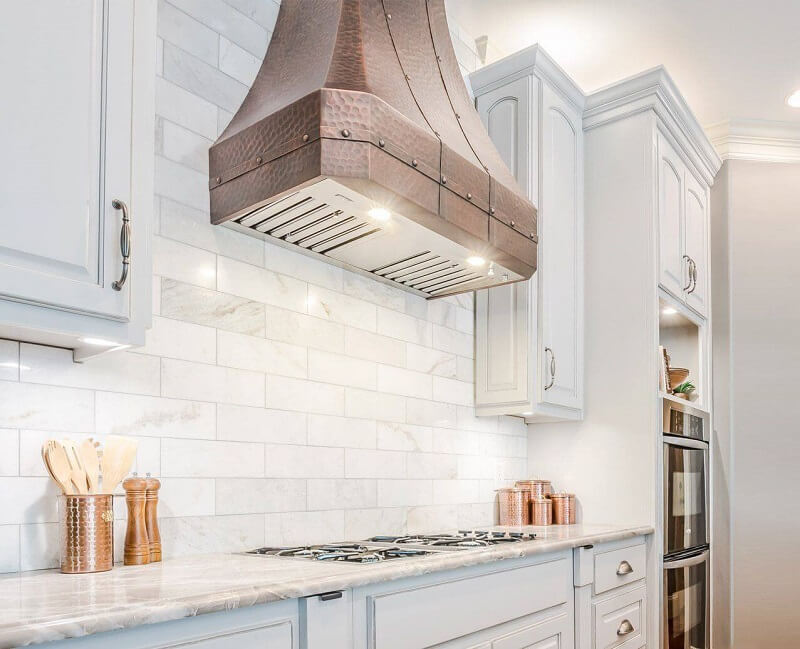
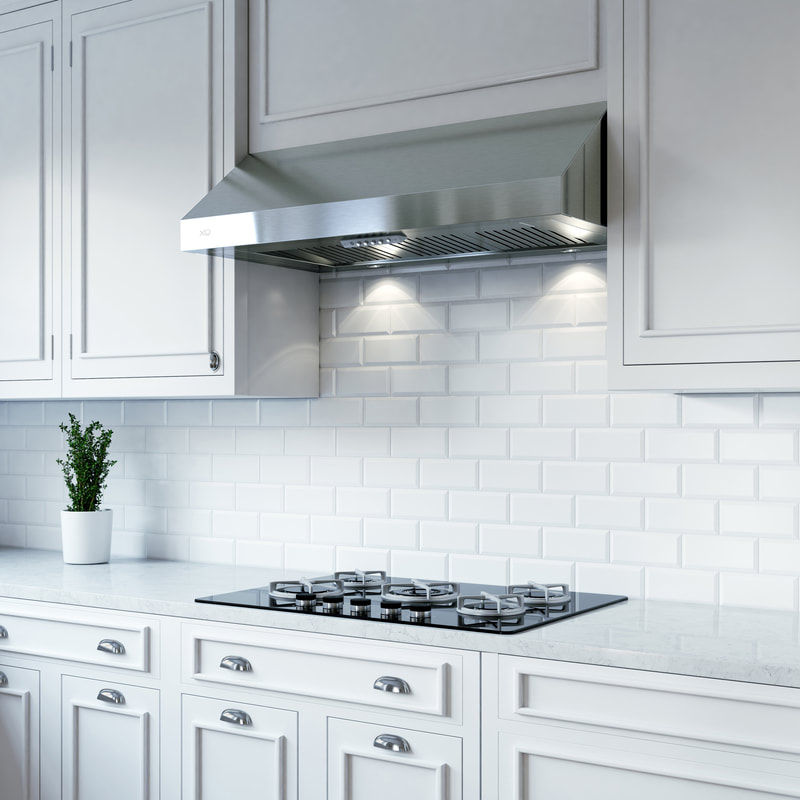
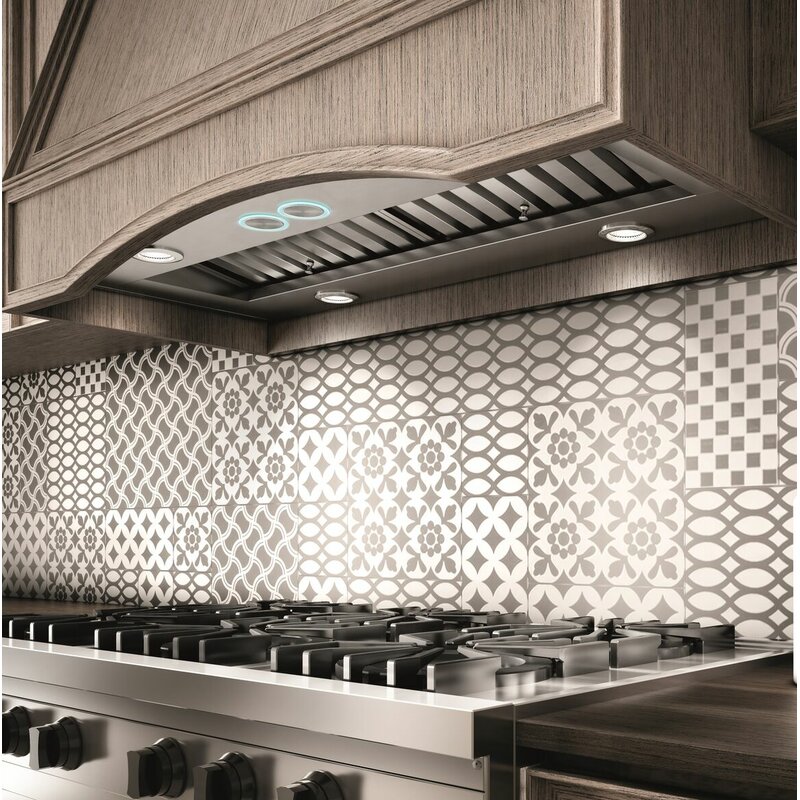
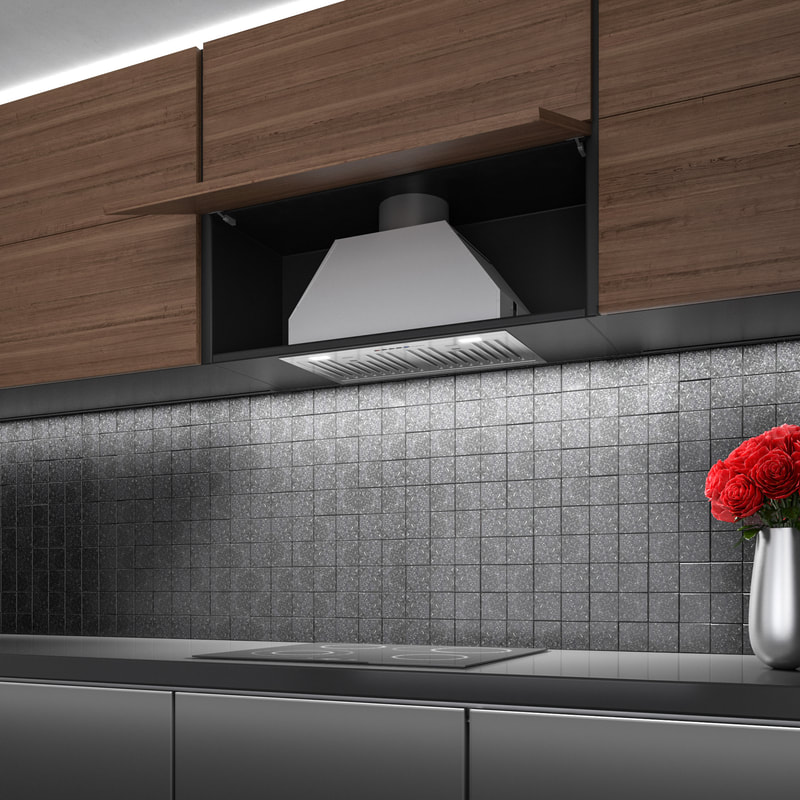
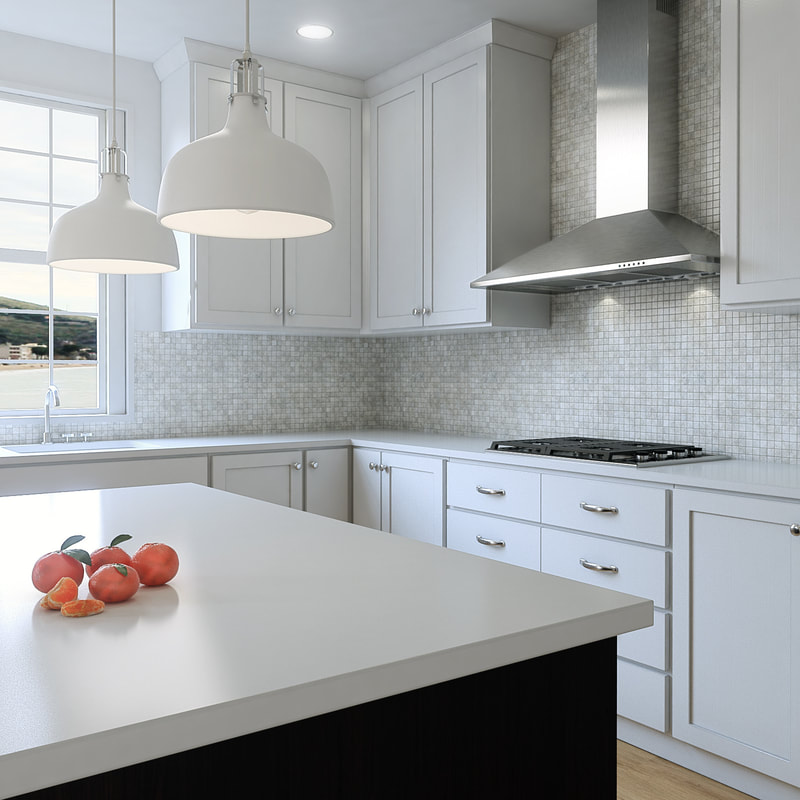
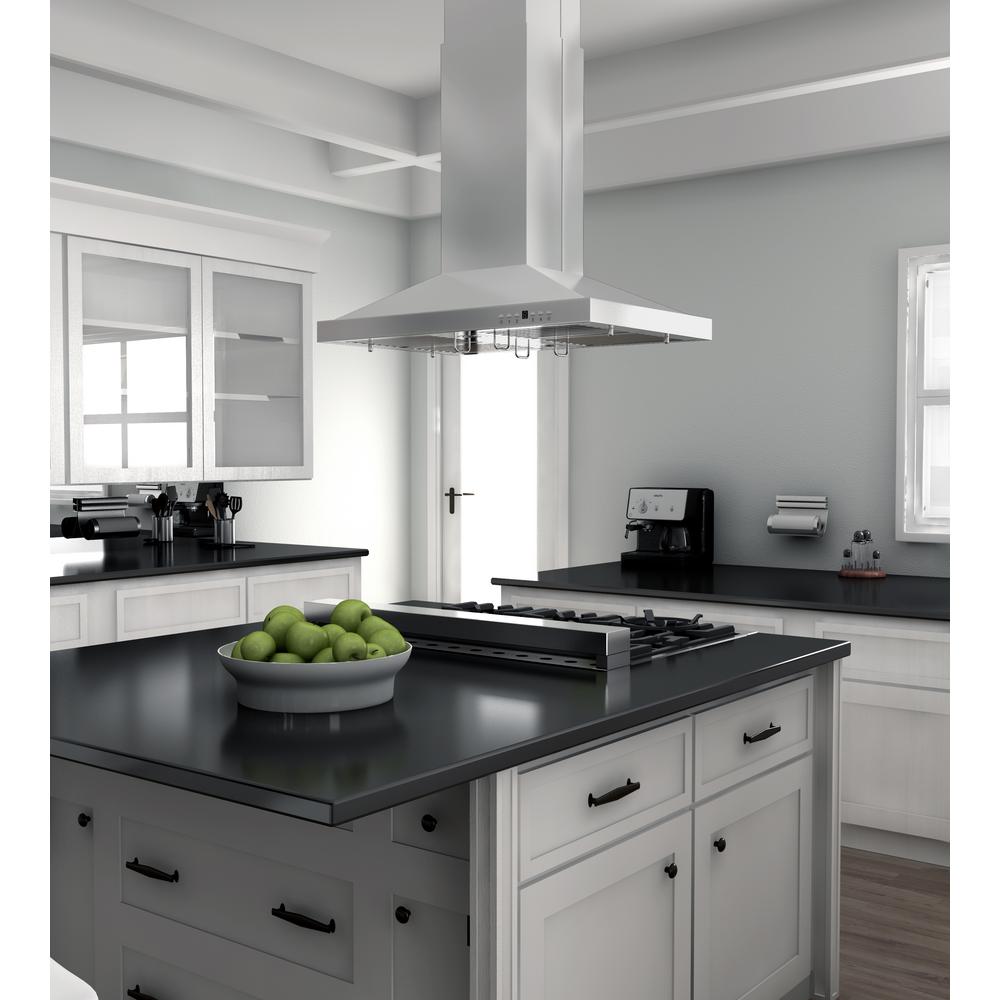
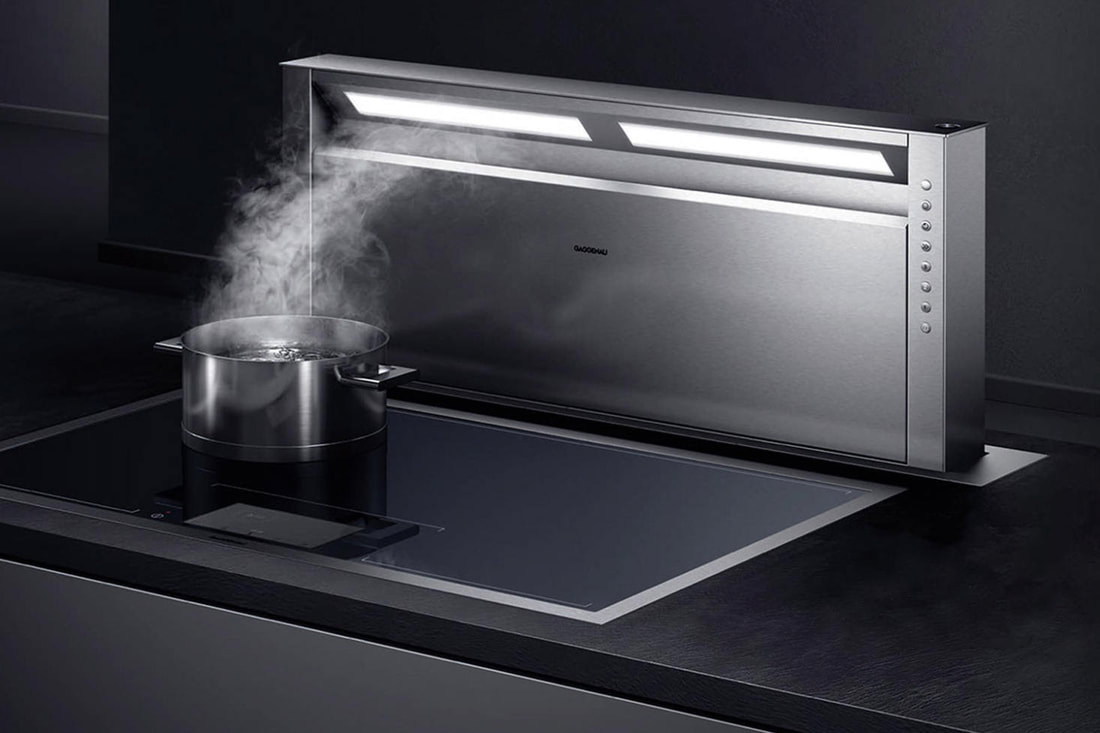
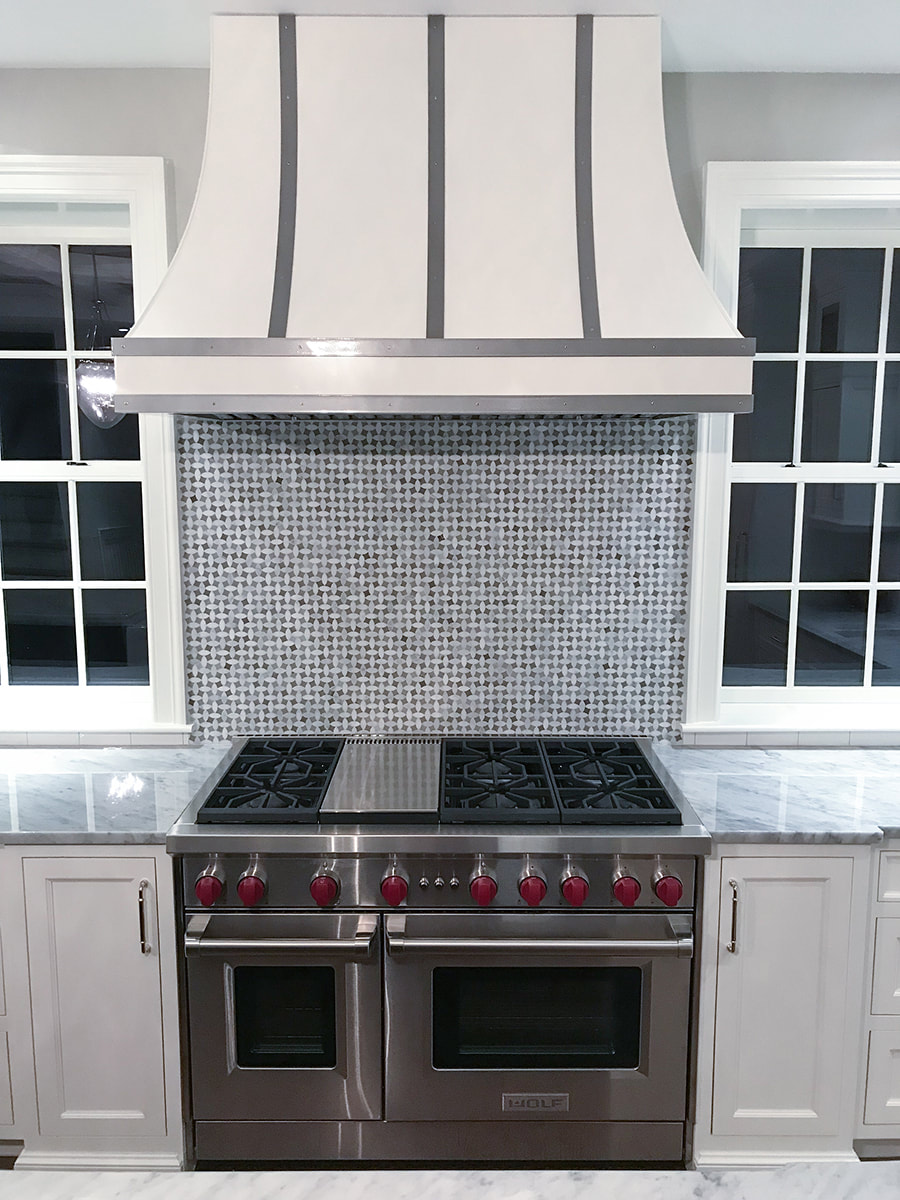
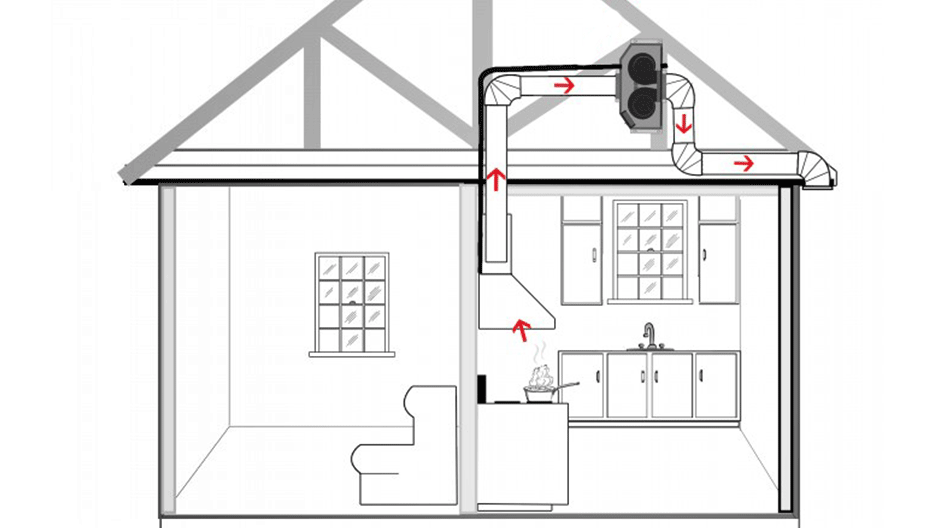
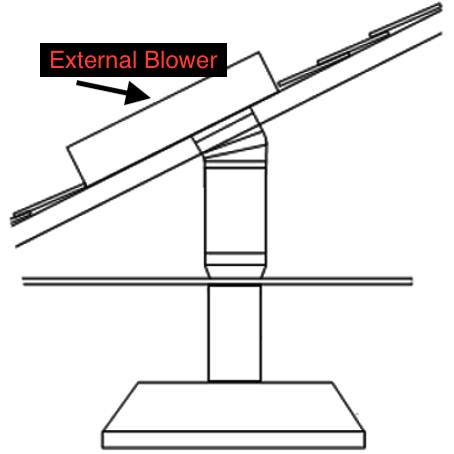
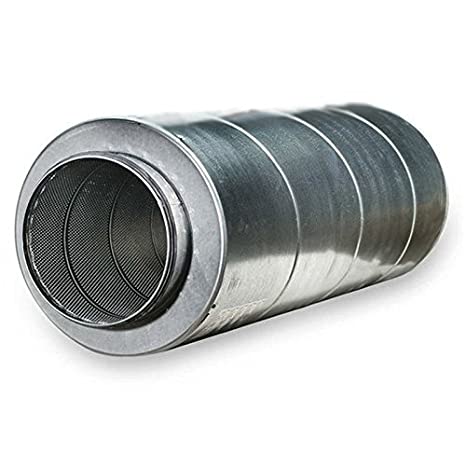
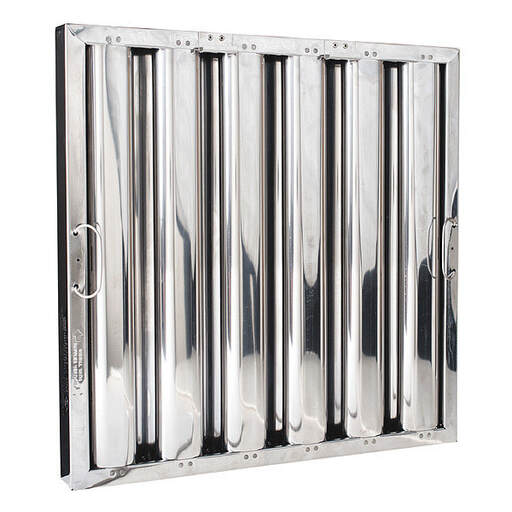
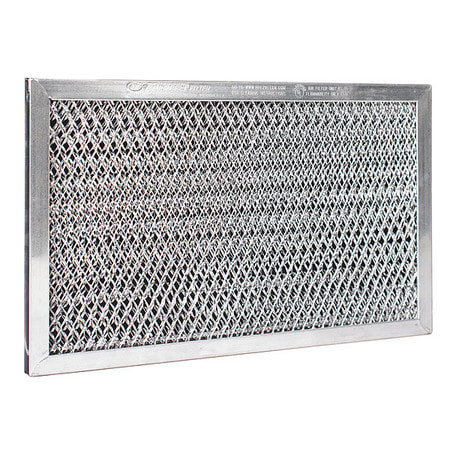
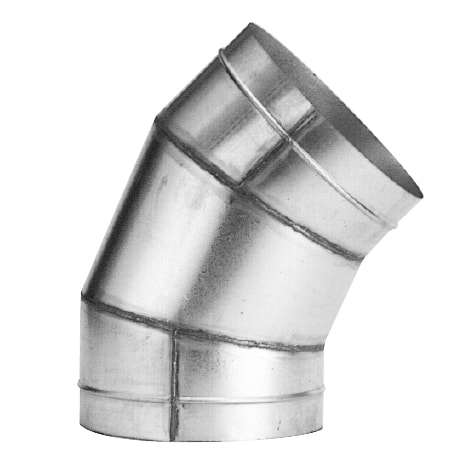
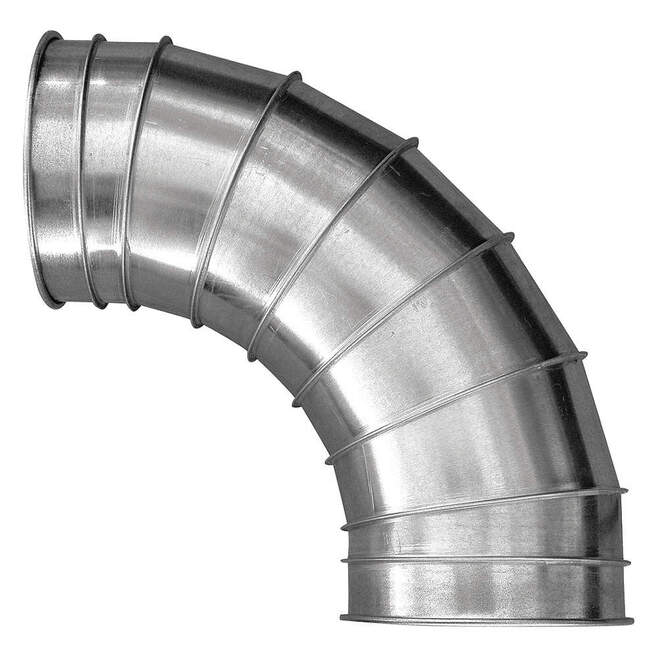
 RSS Feed
RSS Feed